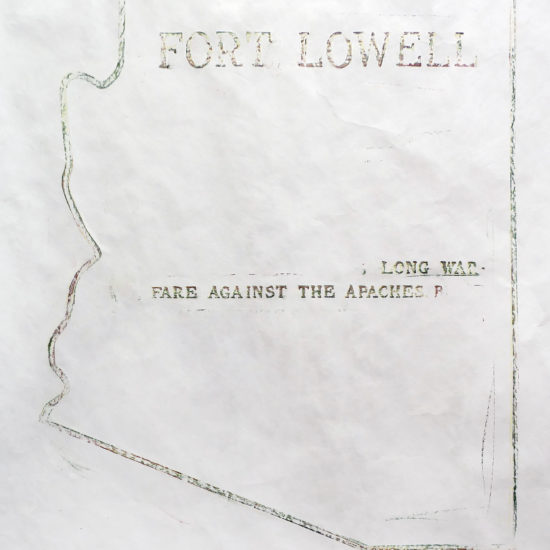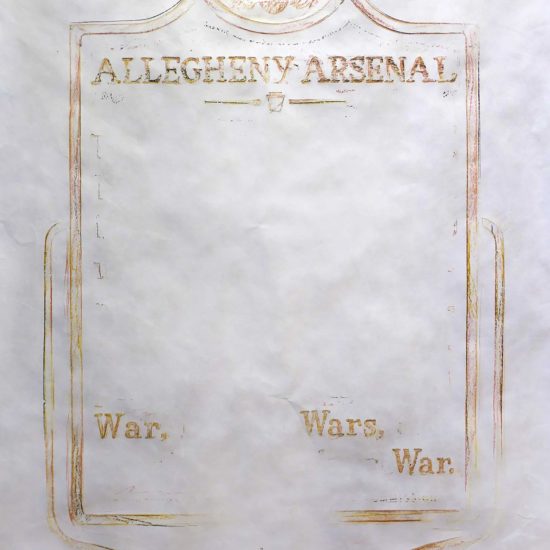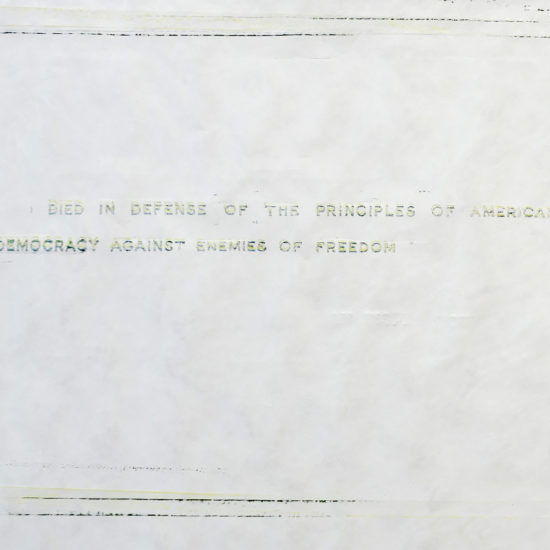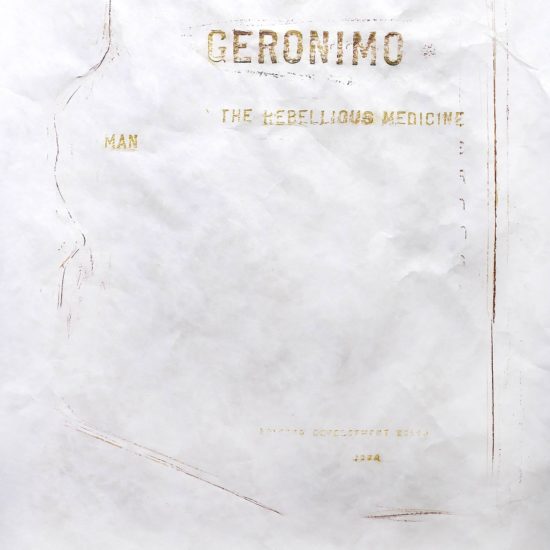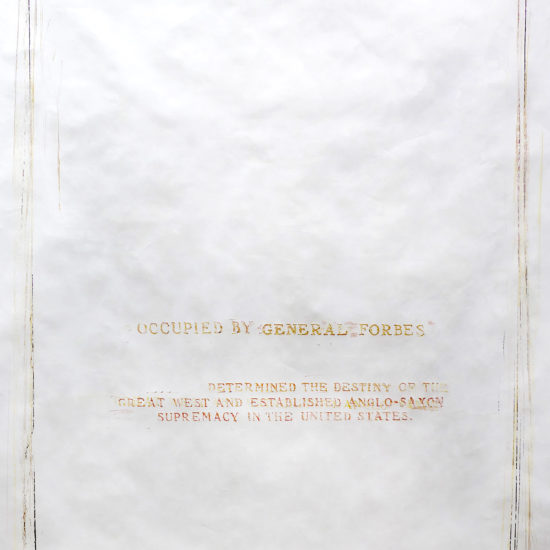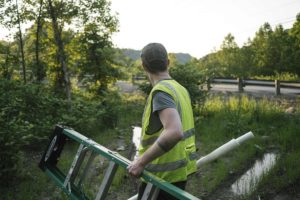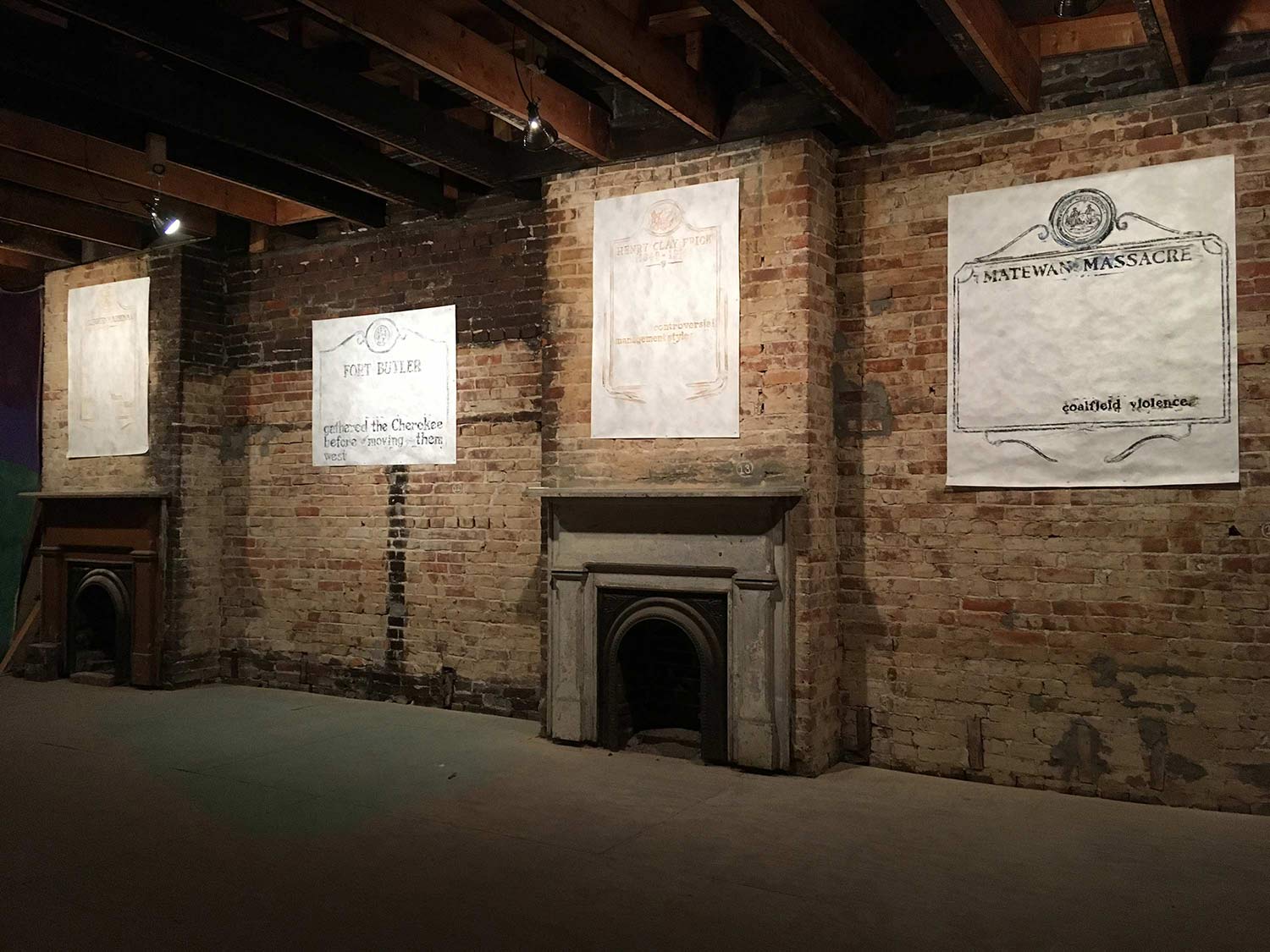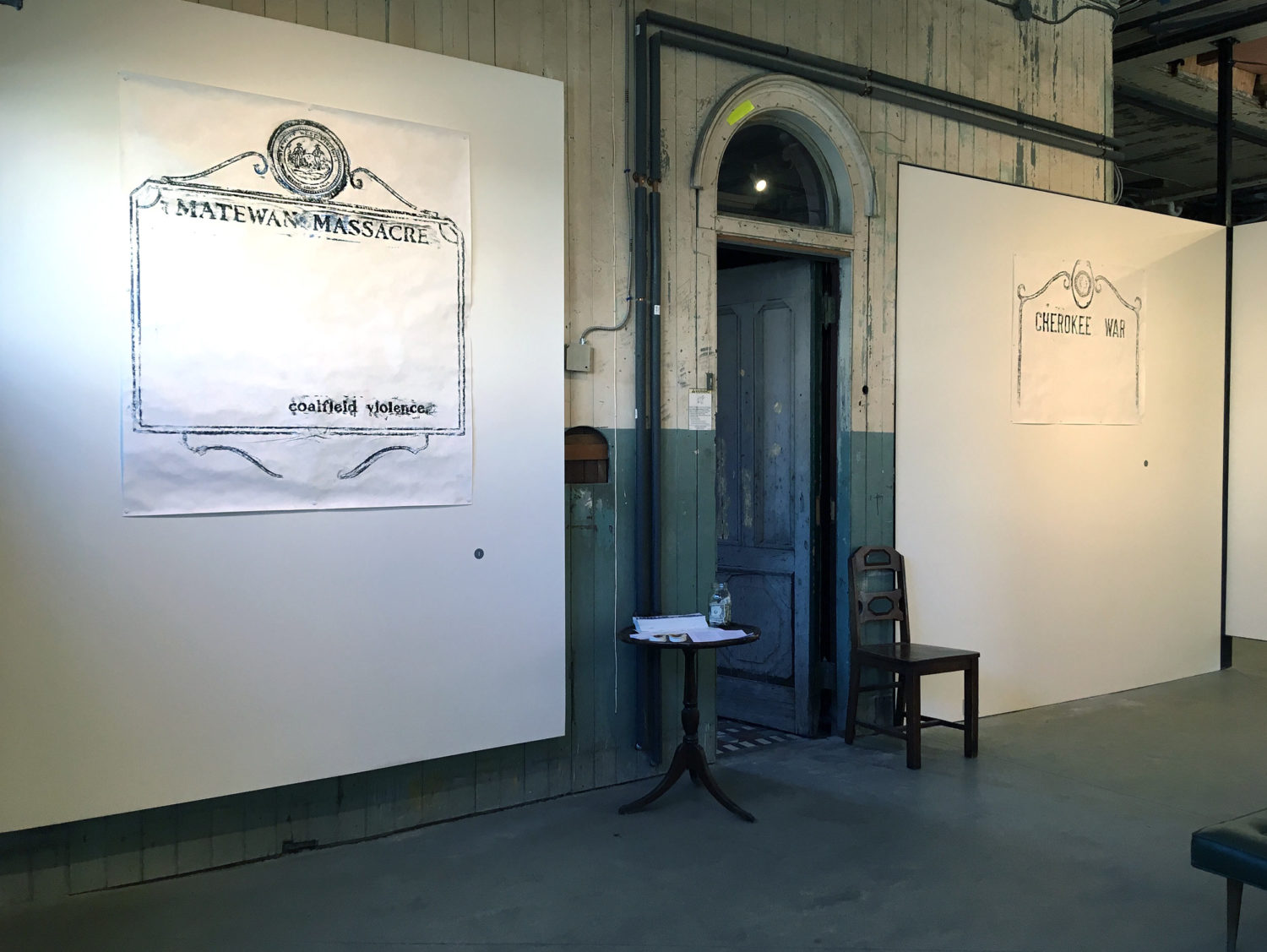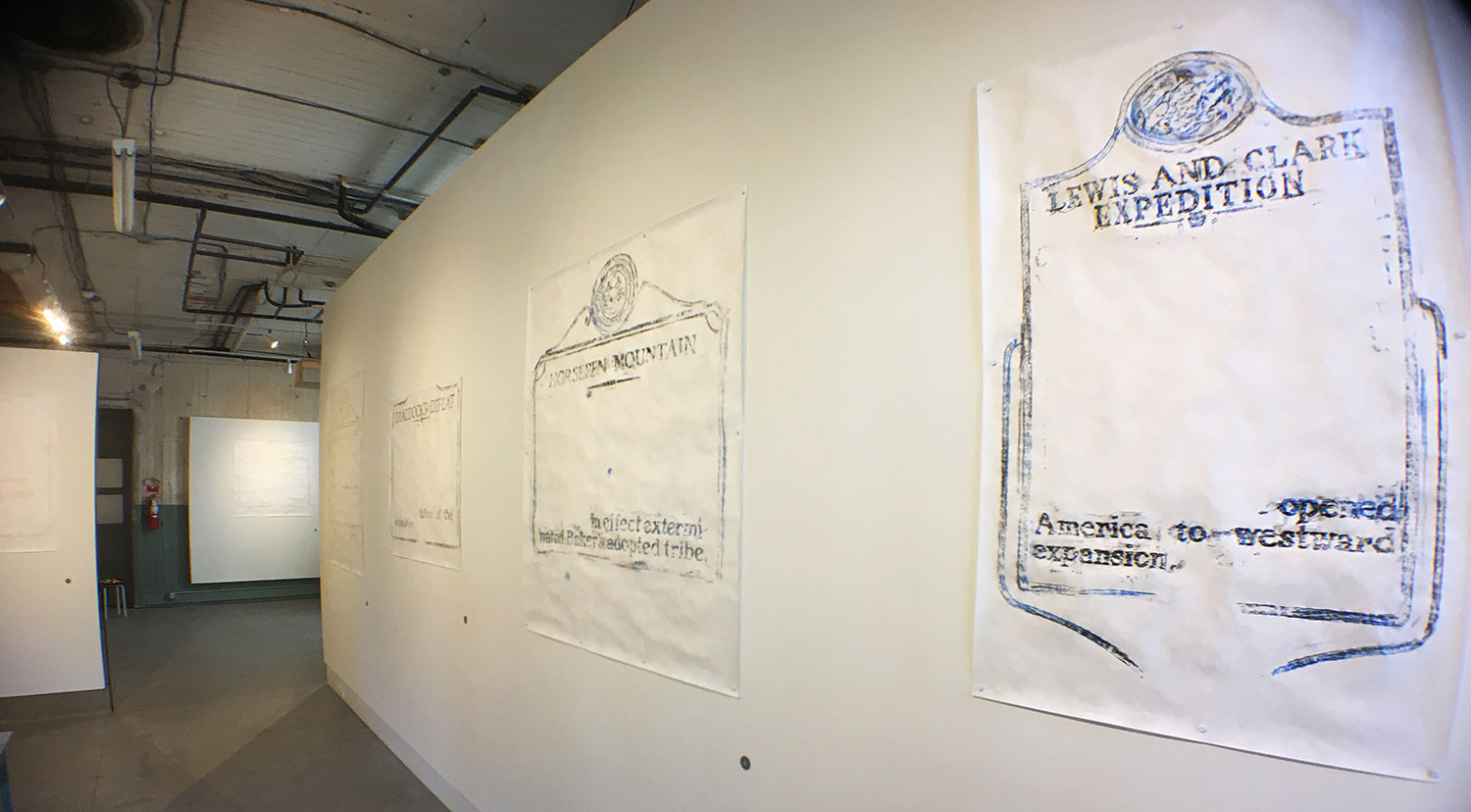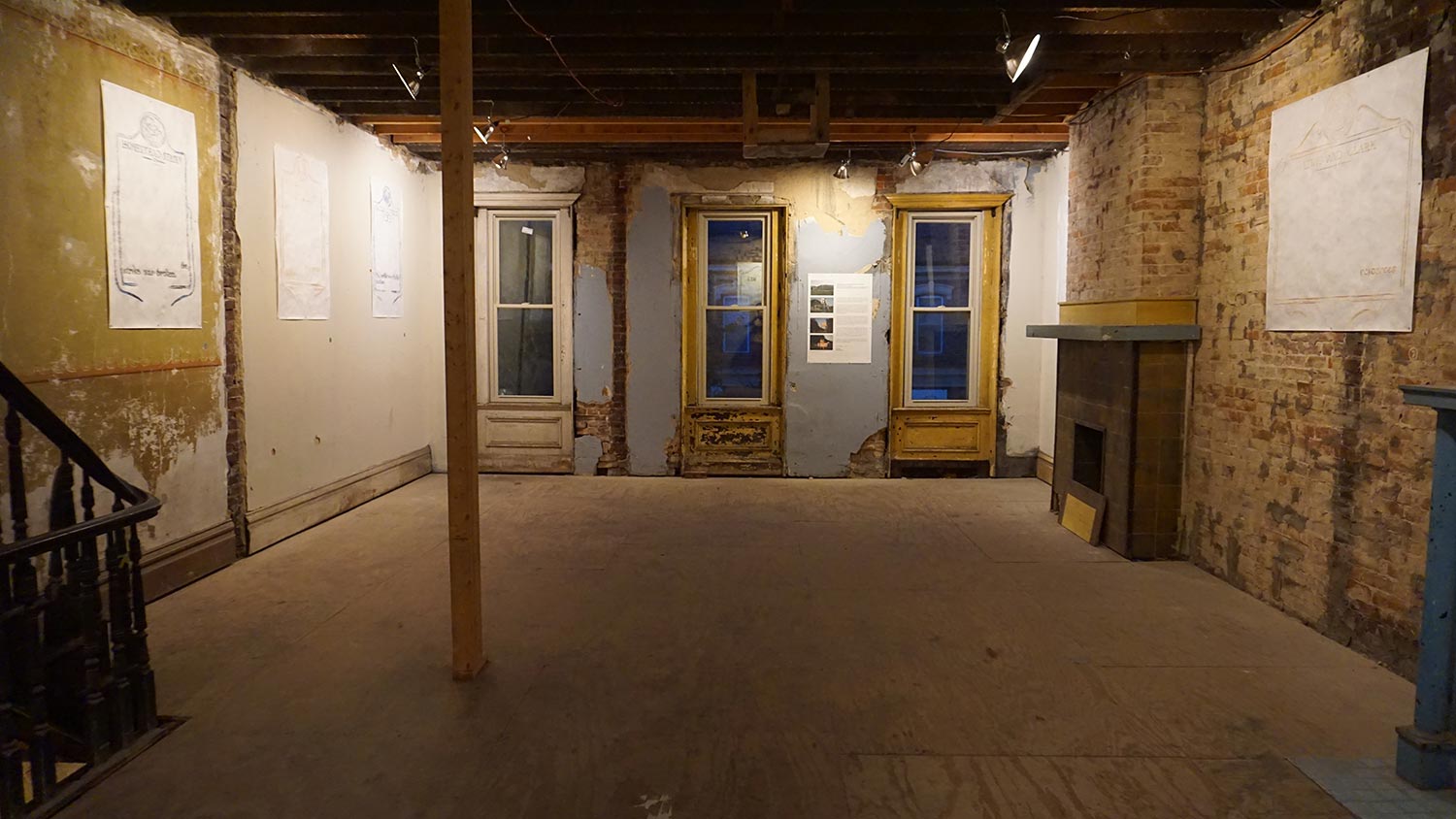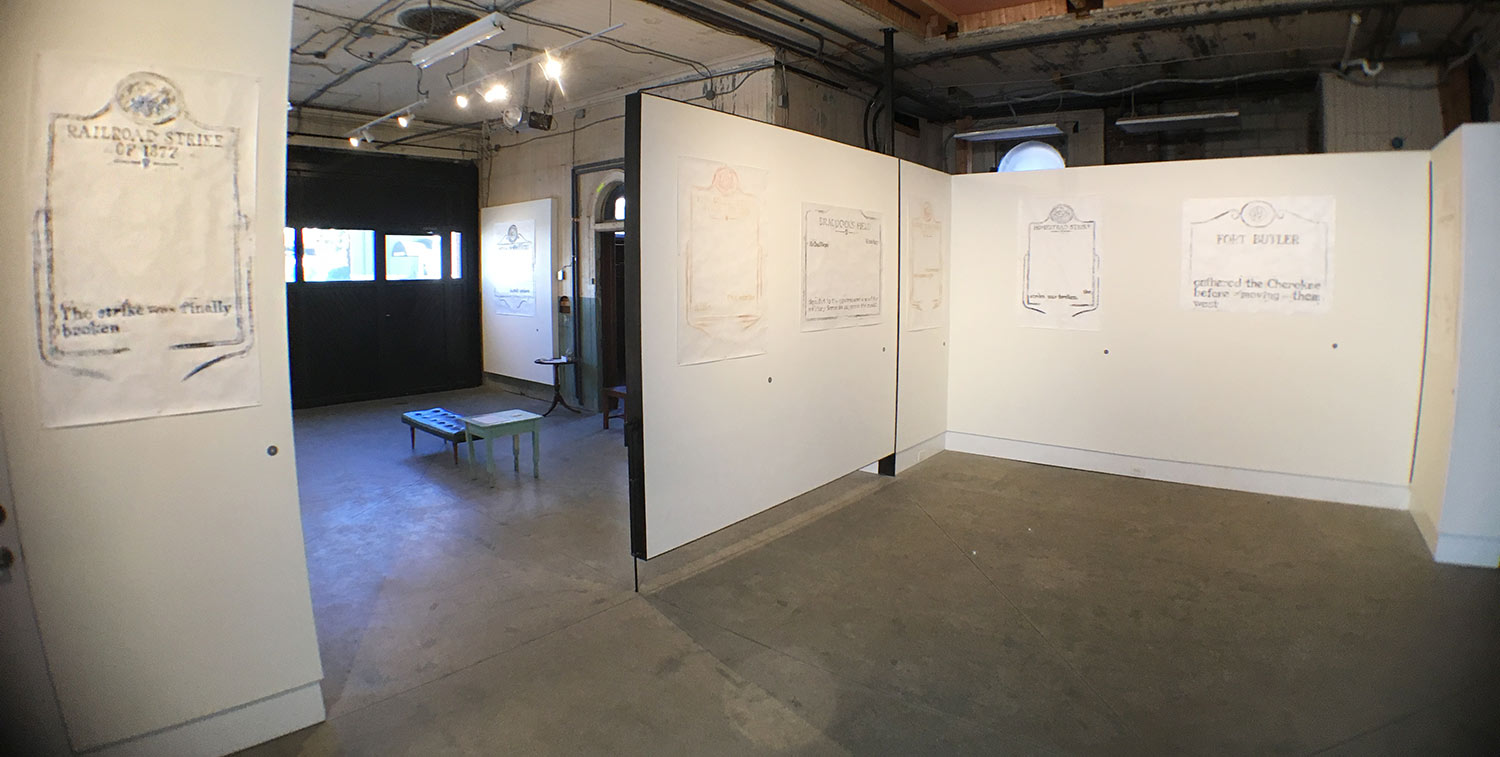Redacted Rubbings
Nothing cuts off self-determination more efficiently than eradicating its language. Replacing it with misdirecting prattle… is a magnificent coup for those who would like to keep us wary of one another.
Language on public historical markers and plaques is carefully crafted to guide our understanding of history, whether we realize it or not. Their authority is often assumed, and, if we even bother to stop and read them, we can often take the existence of these markers and the narratives they proclaim as a given part of the contemporary landscape. Where did these words come from, who wrote them and how did they come to be cast in metal, carved in stone? As recent debates around public statues and memory have made clear, these narratives aren’t the history itself, rather they are part of an ongoing conversation about our history, and the often-hidden authority that voices the words we read on these plaques has a particular agenda.
These selective rubbings of historical markers are an ongoing, evolving project for understanding the language of state-sanctioned history through an intentional erasure and omission which mirrors that of many “official” narratives. The project focuses on plaques that sidestep colonialism, state oppression, and military violence with truncated accounts that marginalize the motivation and origin of popular revolts, disregard whole communities, and other acts of erasure. Each rubbing interrupts the provisional authority of the historical marker by disrupting static, languid interpretations of the plaque’s narrative through trespass and on-site editing.
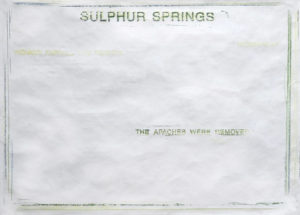 In choosing which plaques to work with, I’m searching for wording that drives a dominant historical narrative. As I work, I am carefully excluding, or redacting, all of the other text on the plaque. By redacting significant portions of the original texts in search of critical phrases at the heart of the plaques intentions, the guiding motives of the historical marker can reveal themselves: letting negative space dominate the large sheets of paper, critical sections of directive language stand out nakedly, for reconsideration.
In choosing which plaques to work with, I’m searching for wording that drives a dominant historical narrative. As I work, I am carefully excluding, or redacting, all of the other text on the plaque. By redacting significant portions of the original texts in search of critical phrases at the heart of the plaques intentions, the guiding motives of the historical marker can reveal themselves: letting negative space dominate the large sheets of paper, critical sections of directive language stand out nakedly, for reconsideration.
Each piece in this ongoing series is created on-site in a deliberately visible, public performance: using handmade crayons and wearing a high-vis fluorescent vest, the work is done during daylight hours while wearing a simple costume that gives the suggestion of an anonymous municipal worker. These acts of simple trespass expose the tensions inherent in our conventions of private and public property, and how authority determines who gets to create the historical narrative.
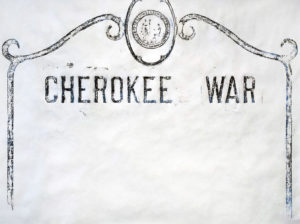 As this project continues, I’m interested in developing exhibitions where this work fuels discussion and action around public monument “authority” and language, demystifying and highlighting the need for new memorial methodologies to take root in our shared public landscapes. If you’re interested in bringing an exhibit of this work to your gallery, please get in touch.
As this project continues, I’m interested in developing exhibitions where this work fuels discussion and action around public monument “authority” and language, demystifying and highlighting the need for new memorial methodologies to take root in our shared public landscapes. If you’re interested in bringing an exhibit of this work to your gallery, please get in touch.
Date
2019
Category
Landscape & Site-Specific



